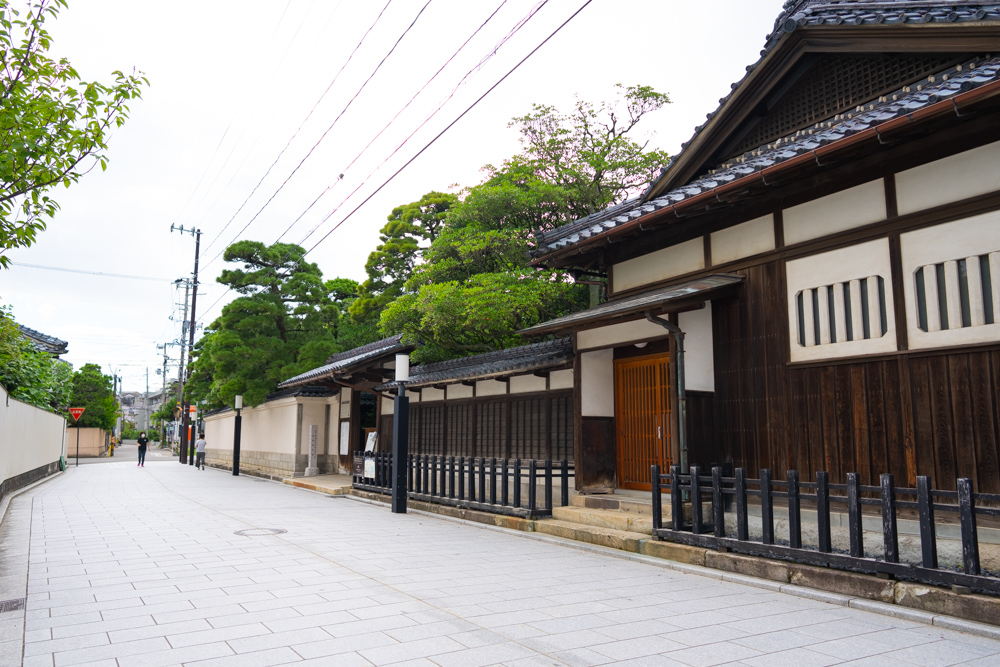
Niigata City
Niigata City offers delicious local cuisine, sake, and wine not to mention high-class traditional Japanese nightlife welcoming of international visitors!
Echigo-Tsumari is a rural satoyama region of Niigata Prefecture, part of a larger region colloquially called “snow country.” Thanks to Niigata’s position along the Sea of Japan where the warm Tsushima Current flows, Echigo-Tsumari receives an abundance of snow every winter without getting too terribly cold. Despite the challenges these heavy winter snows present, the area has been inhabited since prehistoric times. In the days of yore, the heavy winter snowfall left the area isolated for many months of the year, resulting in the development of unique culture, cuisine, craft, and even architecture. The area is also home to a wealth of archeological sites, scenic landscapes, healing hot springs, and one of the most compelling contemporary art destinations in the world.
The Echigo-Tsumari region has been inhabited for at least 15,000 years, as evidenced by the remains of Jomon settlements in the Shinano River basin. The Jomon were a prehistoric people who created some of the first pottery in the world. Jomon pottery is also exceptionally ornate, even by modern standards. Many of the flame-shaped pots unearthed here have been designated National Treasures and are now on display at Niigata museums. Cultural facilities in the Echigo-Tsumari area also offer immersive Jomon experiences, like angin textile weaving and even tastings of Jomon cuisine inside a reconstructed Jomon hut.
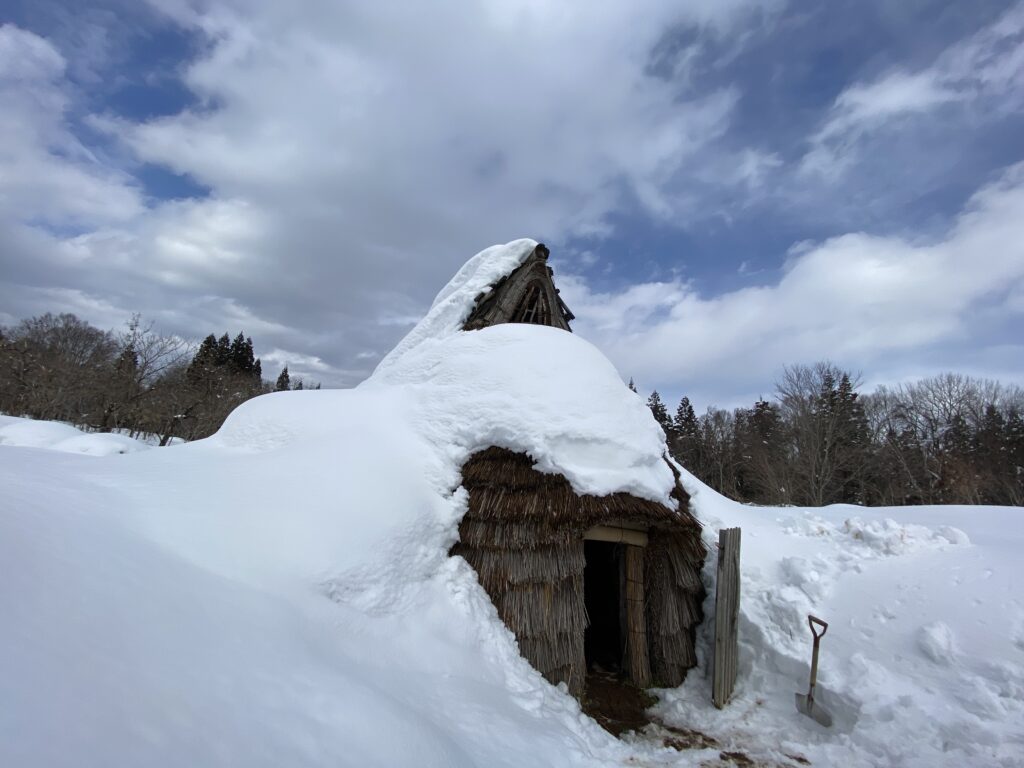
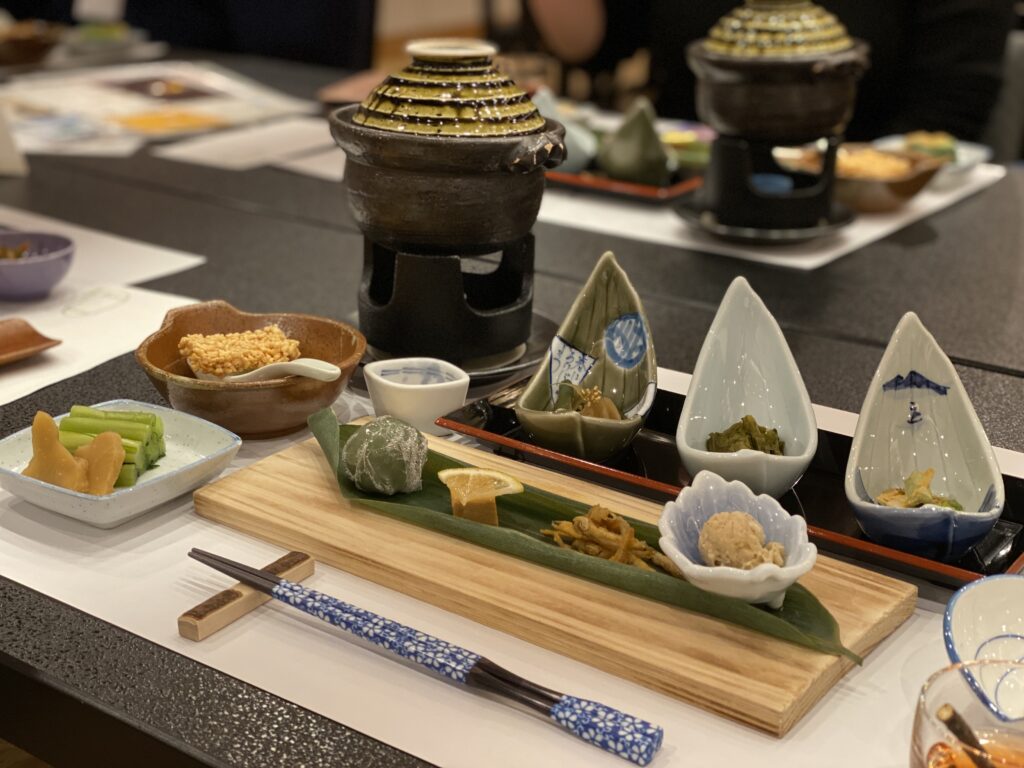
Though the unique way of life which developed over the ages in this snowbound region is little known outside of Japan, recent efforts have come about to help preserve the culture and make it accessible to international visitors. Rice plays a major role in snow country cuisine, as do preserved and foraged foods. Techniques like fermentation, drying, and salting were vital food preservation methods relied upon to stockpile enough food to last through the long winters of yore. No longer strictly necessary for survival, nowadays these traditionally preserved foods are appreciated for their unique flavors, health benefits, and eco-friendliness. Experiences related to snow country cuisine—deeper than simply eating it—include the harvesting of cultivated yukishita vegetables grown under the snow, and the foraging and cooking of wild plants like bamboo shoots and horse chestnuts.
The unique climate of Echigo-Tsumari led to the development of Echigo-jofu, one of the finest ramie textiles in the world. Ramie was being used in the area for the weaving of textiles as far back as the prehistoric Jomon period, at first a crude cloth called angin. Over the ages, as techniques were refined and a market for fine textiles grew, the ramie textiles of the area developed into fabrics even more prized and comfortable than silk. The process of making Echigo-jofu involves some fifty steps, a process recognized by UNESCO as Intangible Cultural Heritage. After weaving, Echigo-jofu is laid out on the snow, where the combination of the sun reflecting off of the pure white and the ozone given off by evaporation bleaches the fabric naturally. Visitors to the area can visit weavers’ shops to learn about these textiles and shop for goods, or even try their hand at traditional weaving themselves.
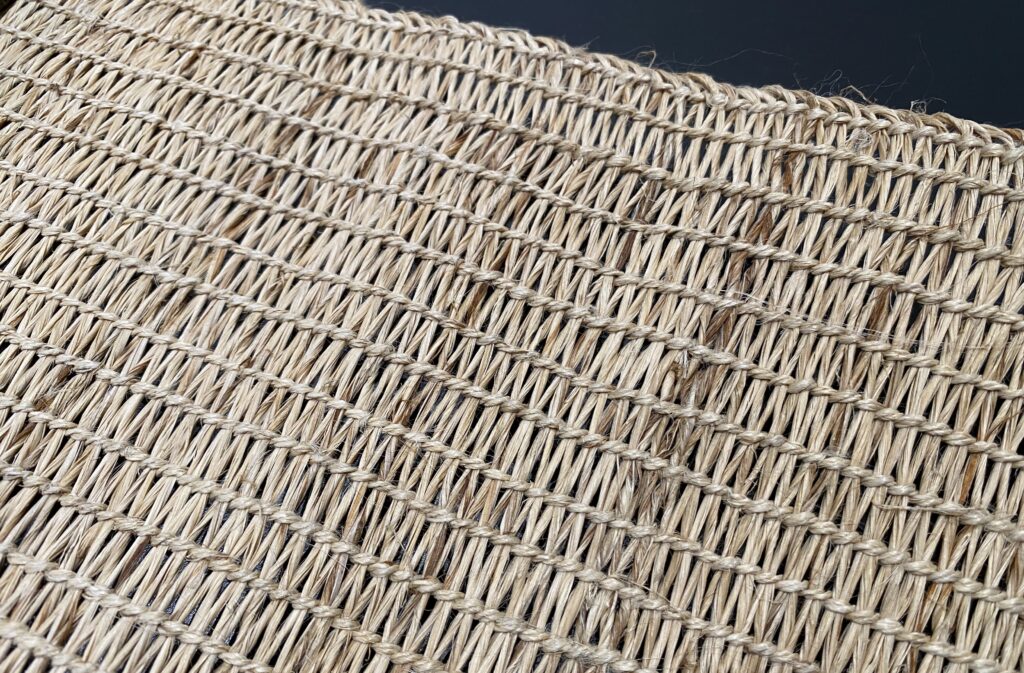
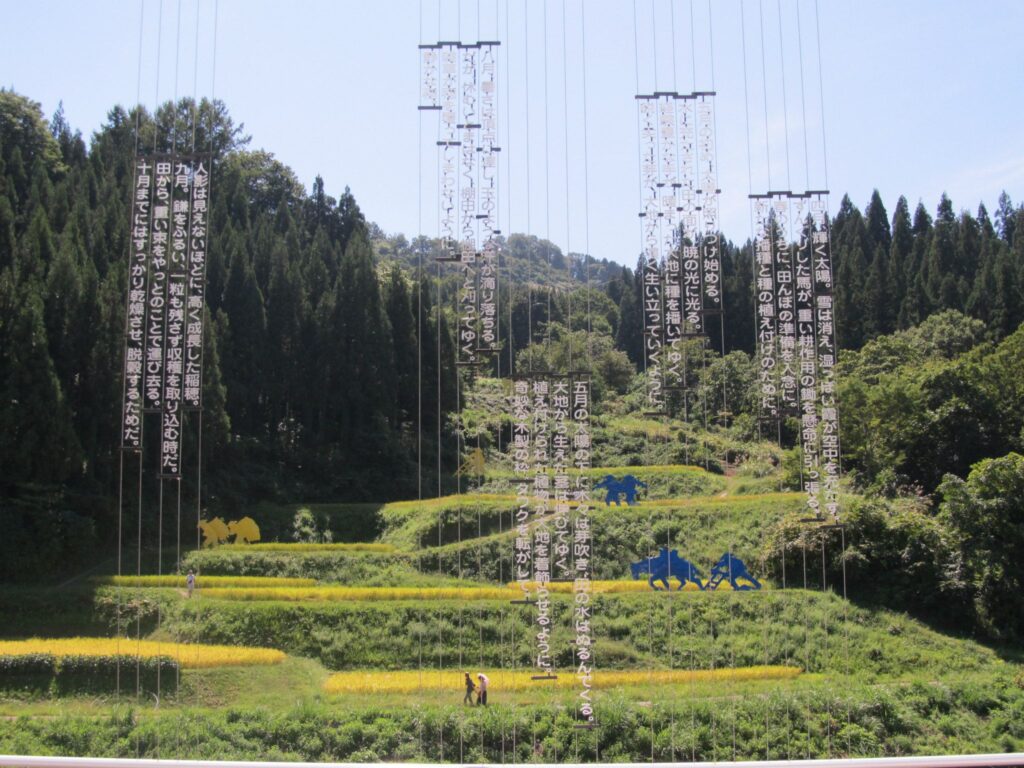
The Echigo-Tsumari Art Field is the product of an innovative rural development and contemporary art initiative that has been helping the region combat the depopulation plaguing so much of the Japanese countryside. The initiative invites artists from all over the world to come and create site-specific artworks to dot the region, resulting in a vast, 760-square-kilometer open-air “museum” fully integrated into the local community and landscape. The art ranges from practical—road signs, for example—to quirky—a ballet inspired by Romeo and Juliet, performed by snow plows. These contemporary artworks add an undeniably unique touch to that makes the area stand out from anywhere else in Japan—perhaps the world. As a result, Echigo-Tsumari is experiencing a reincarnation, one visitors take part in—explore once-lonely villages now home to intimate art spaces, stay overnight in a once-abandoned schoolhouse renovated into a welcoming countryside inn, and more!
Another attraction, not just for out-of-towners but for locals as well, is the area’s natural onsen hot springs. Onsen options range from luxurious inns offering private hot springs baths, to large open-air bathing facilities boasting panoramic views of the surrounding mountains. Among the many hot springs here, Matsunoyama Onsen is the most famous; it is counted among the Three Medicinal Hot Springs of Japan. Visitors come from near and far to bathe in these waters, not just for pleasure but also for health. Though onsen can be found throughout Japan, those of snow country prove more enticing than most—there’s nothing quite so cozy as gazing out at a snowy landscape from the warmth of a natural hot springs bath.
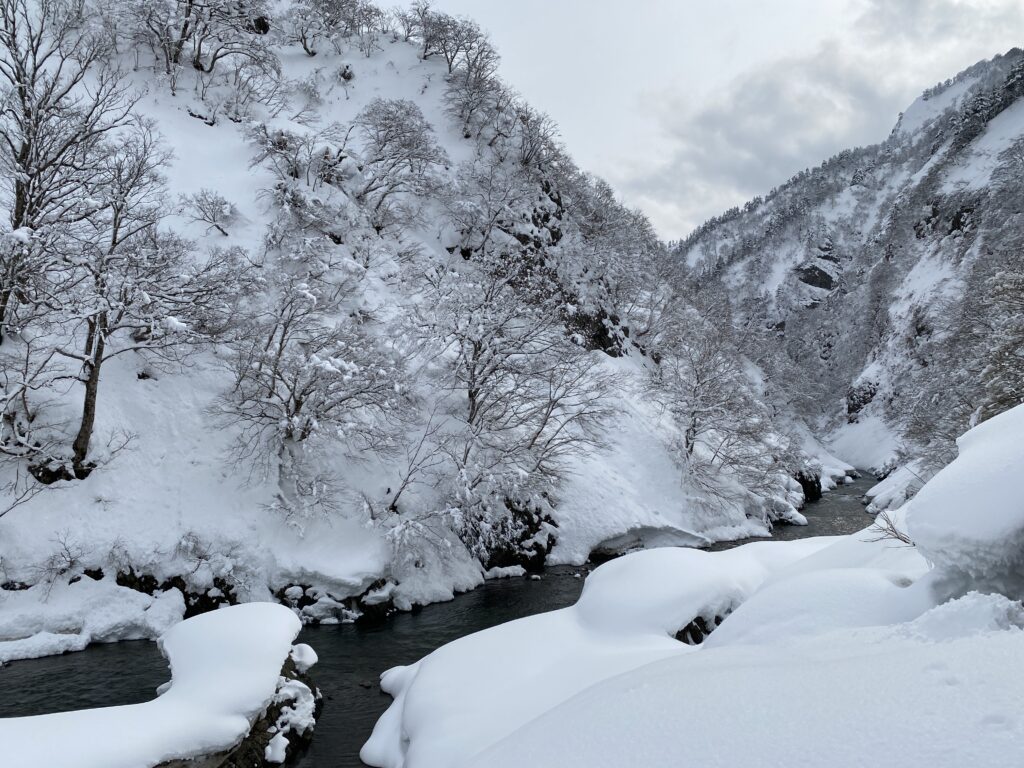
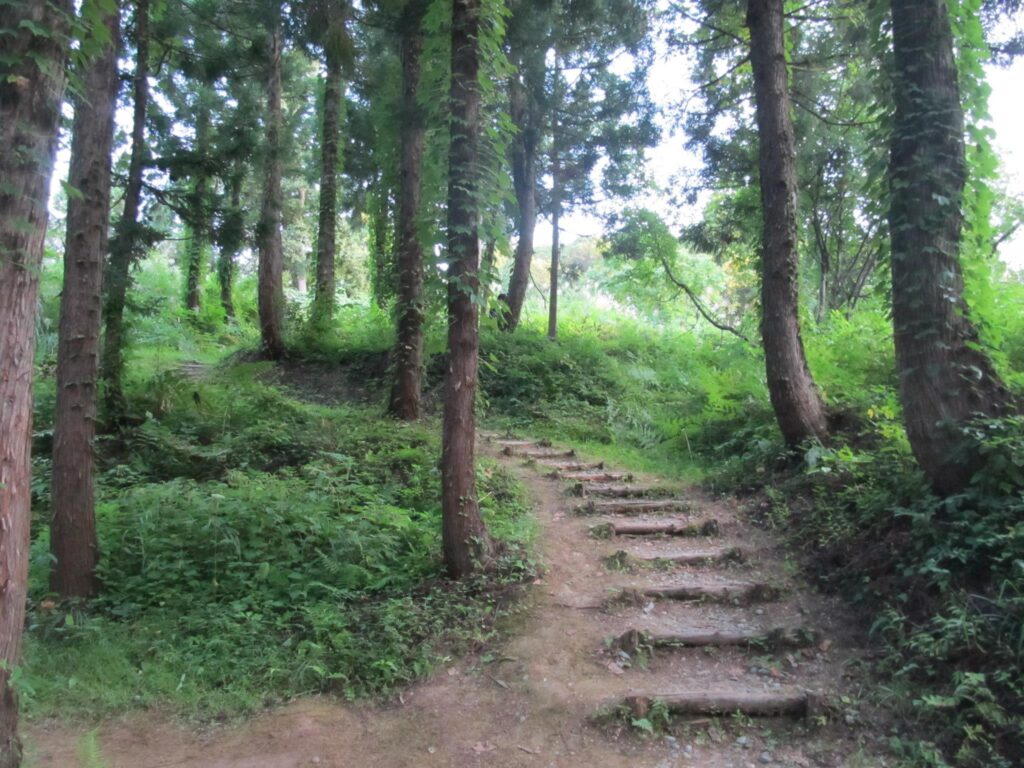
Echigo-Tsumari is filled with stunning natural landscapes that change dramatically with the seasons. Wild areas like the Naeba-Sanroku Geopark are ideal for outdoorsmen seeking wilderness, while satoyama landscapes like the Bijinbayashi Wood and the terraced rice paddies of Hoshi Toge reveal the beauty of humanity living in harmony with nature. Just as the harsh winters of snow country have shaped human existence here, so have the hands of its inhabitants in turn shaped the landscape—a compelling beauty that leaves visitors inspired long after their visit to Echigo-Tsumari has ended.
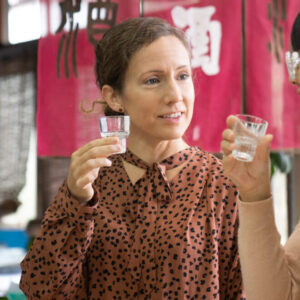

Niigata City offers delicious local cuisine, sake, and wine not to mention high-class traditional Japanese nightlife welcoming of international visitors!
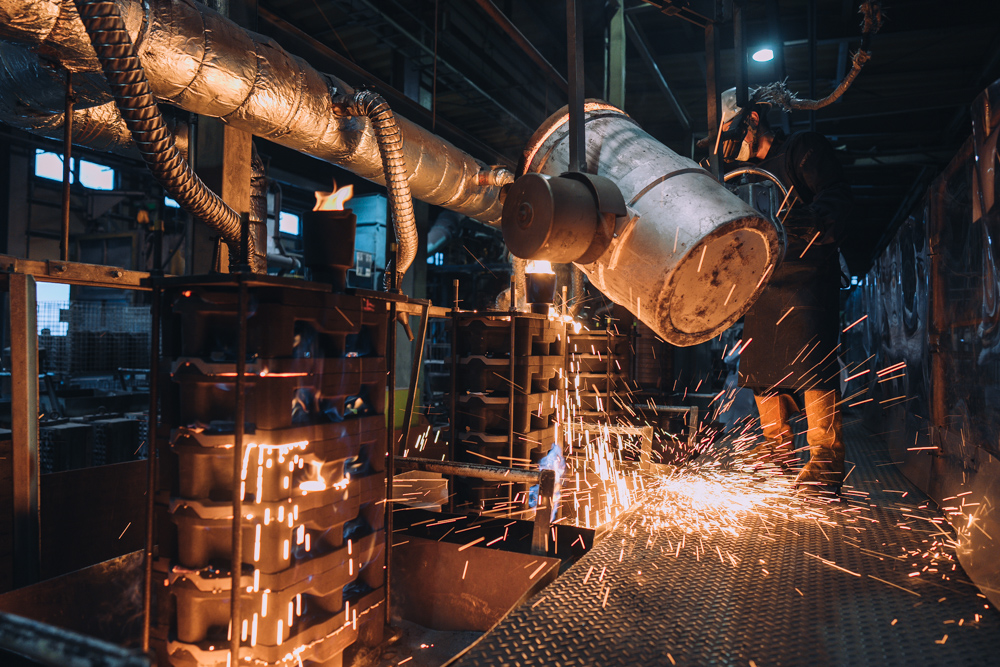
Learn about the Tsubame Sanjo area of Niigata, where approximately 95% of all tableware made in Japan is produced.
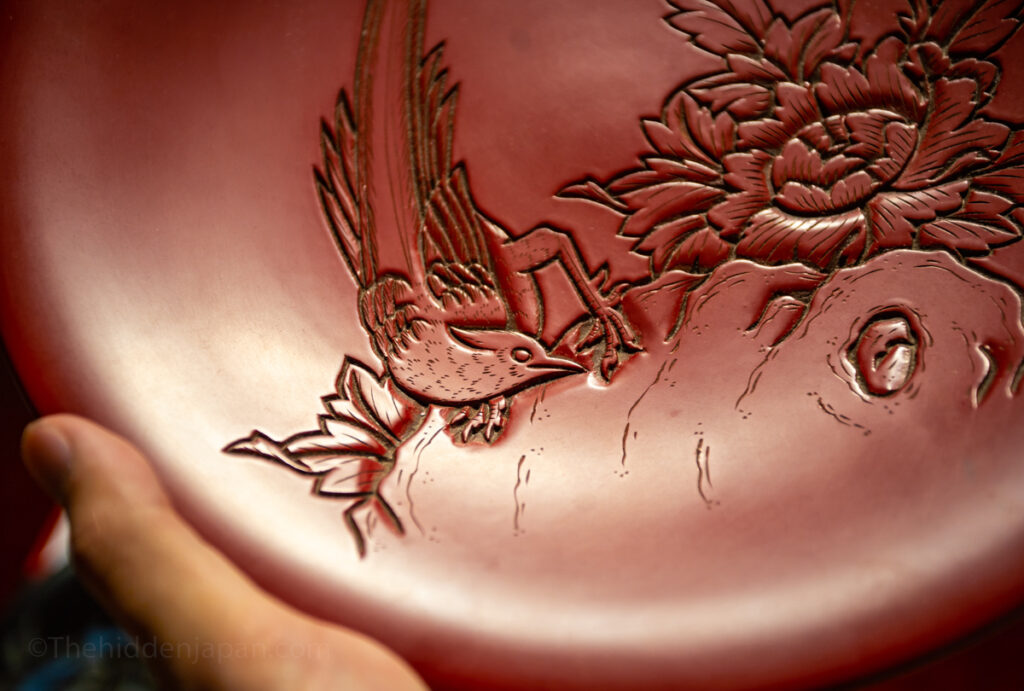
Known for salmon and its charming historical district, Murakami makes a great place to enjoy traditional Japan with a sense of small-town warmth and hospitality.
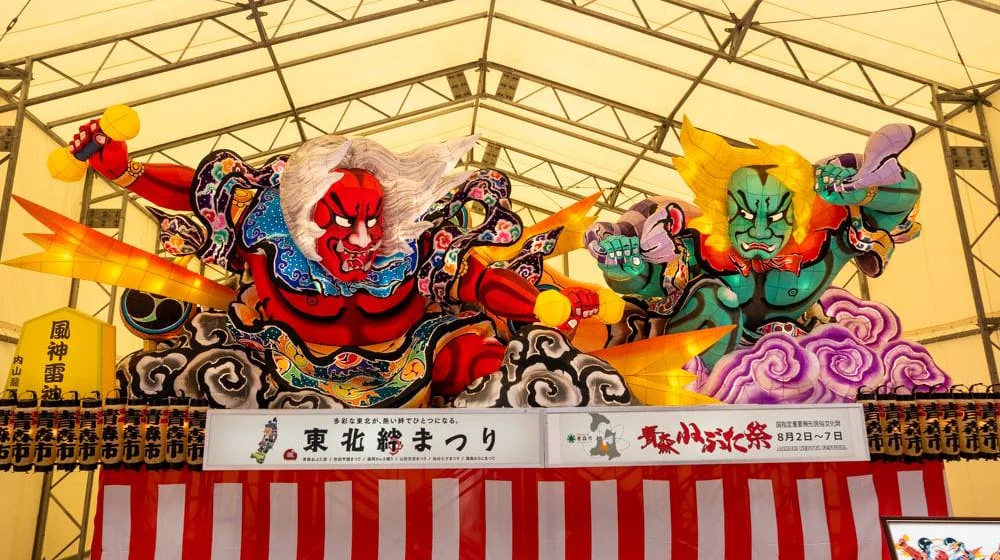
The Tohoku Kizuna Festival, a collaboration event combining the Tohoku region’s 6 most famous summer matsuri into one giant celebration!
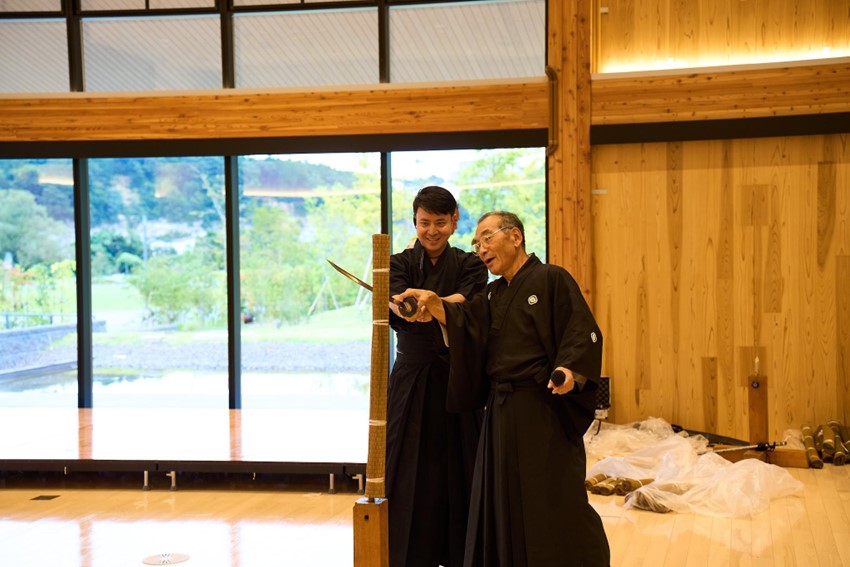
Experience what it felt like to be a retainer of the castle town of the Sendai Date clan. You will have the opportunity to try out drawing a real sword, which is something you don’t usually get to do, and try out tea at the Zangetsu-tei teahouse, where you will experience the mindset of a samurai.

A private guided tour that lets you experience the scenic, cultural, and historical highlights of Sendai and Matsushima all in just one day.
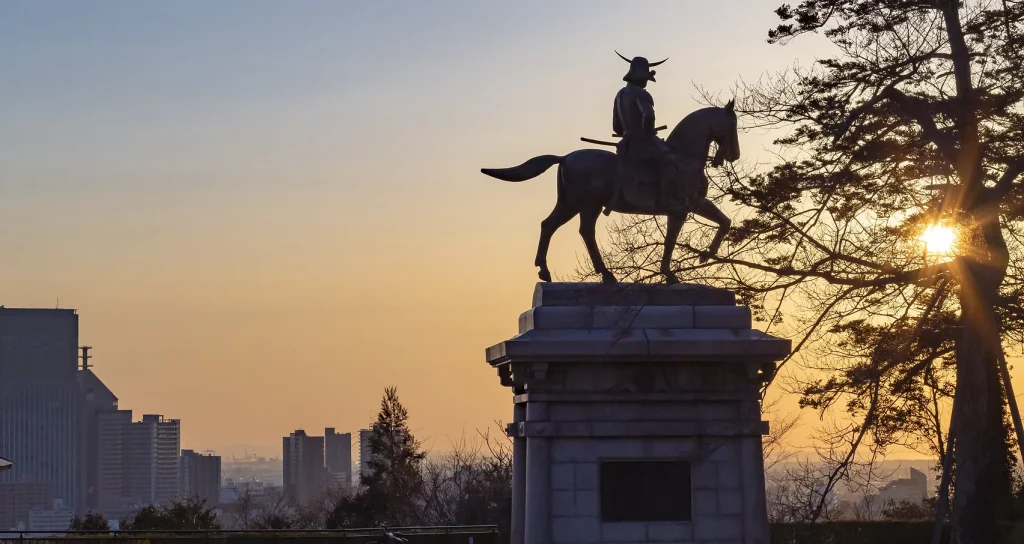
Sendai is the capital of Miyagi Prefecture. As the largest city in Tohoku, it also serves as the gateway to this off-the-beaten-path region.
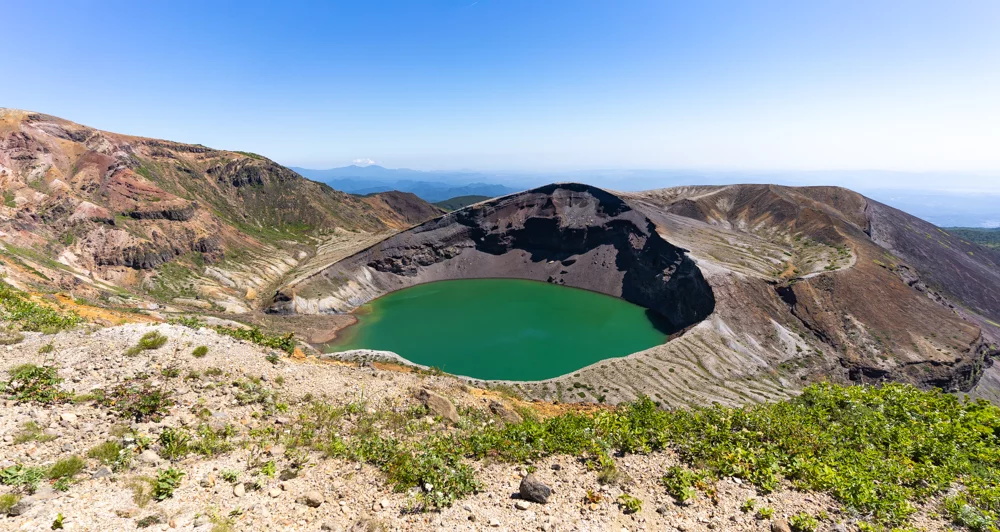
Rising over 1,800 meters along the border between Yamagata and Miyagi, Mount Zao is a popular ski, hiking, and hot springs destination.
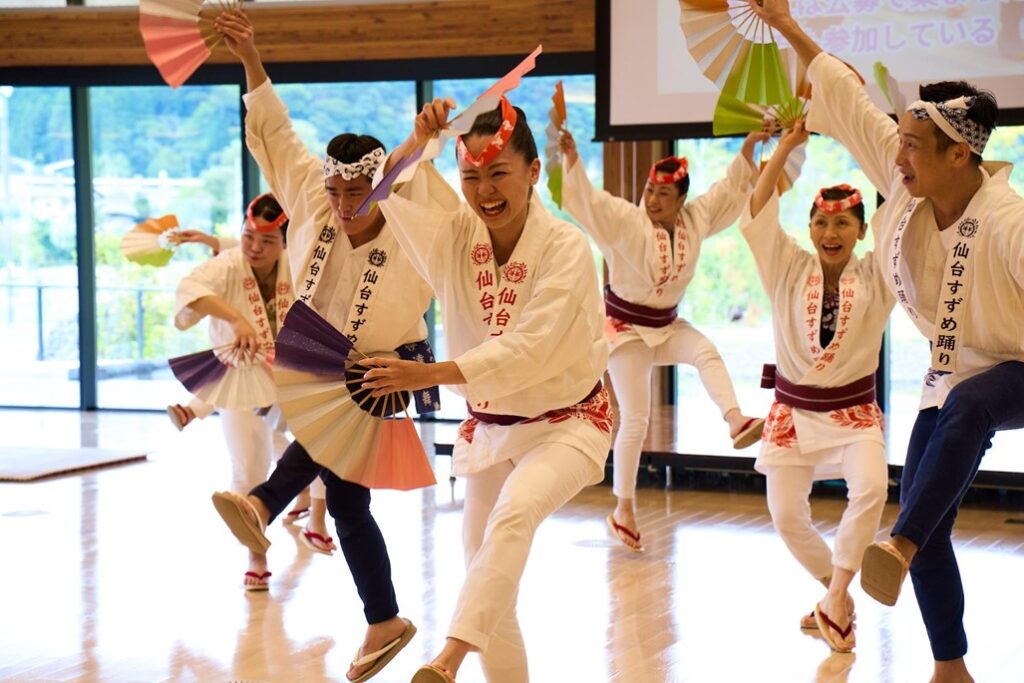
Learn the Suzume Odori, a traditional dance passed down from the times of the samurai. Enjoy the traditions of the samurai and townspeople from Sendai’s castle town days.